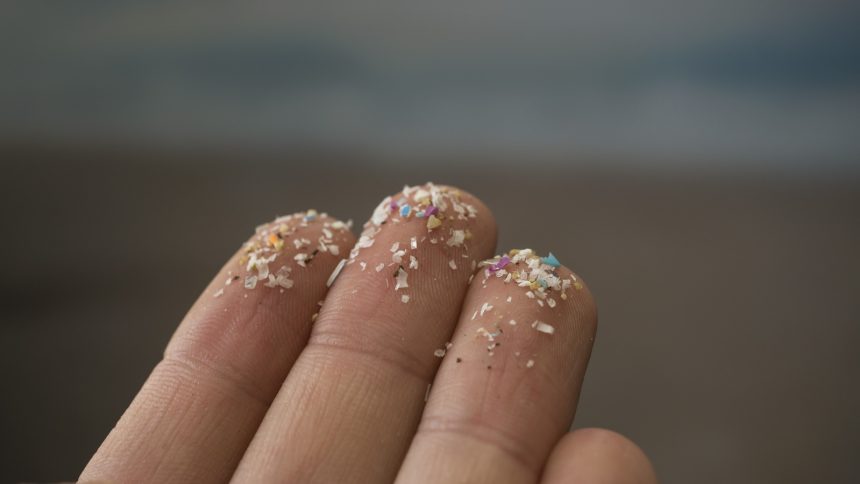Two decades ago, a team of scientists from the U.K. raised concerns about the issue of plastic litter breaking down into tiny fragments known as microplastics. This warning led to a surge in research on the impact of these particles on the environment and human health. With the production of plastic doubling in the past 20 years, the prevalence of microplastics has become a global issue, with these particles found in various ecosystems and in the bodies of living organisms, including humans. Recent studies have revealed the pervasive presence of microplastics in rainwater, indoor air, and even human placentas. The alarming extent of microplastic pollution has prompted calls for action to curb plastic production and implement regulations to address this growing problem. Initiatives such as laws requiring microfiber filters in washing machines and phasing out microplastics in personal care products are steps in the right direction, but a multidisciplinary approach involving various fields is needed to effectively combat microplastic pollution. The upcoming United Nations treaty on plastic pollution presents a crucial opportunity to address this crisis and reduce overall plastic production. Scientists and environmental advocates are hopeful that these measures will lead to a cleaner and healthier environment for all.





